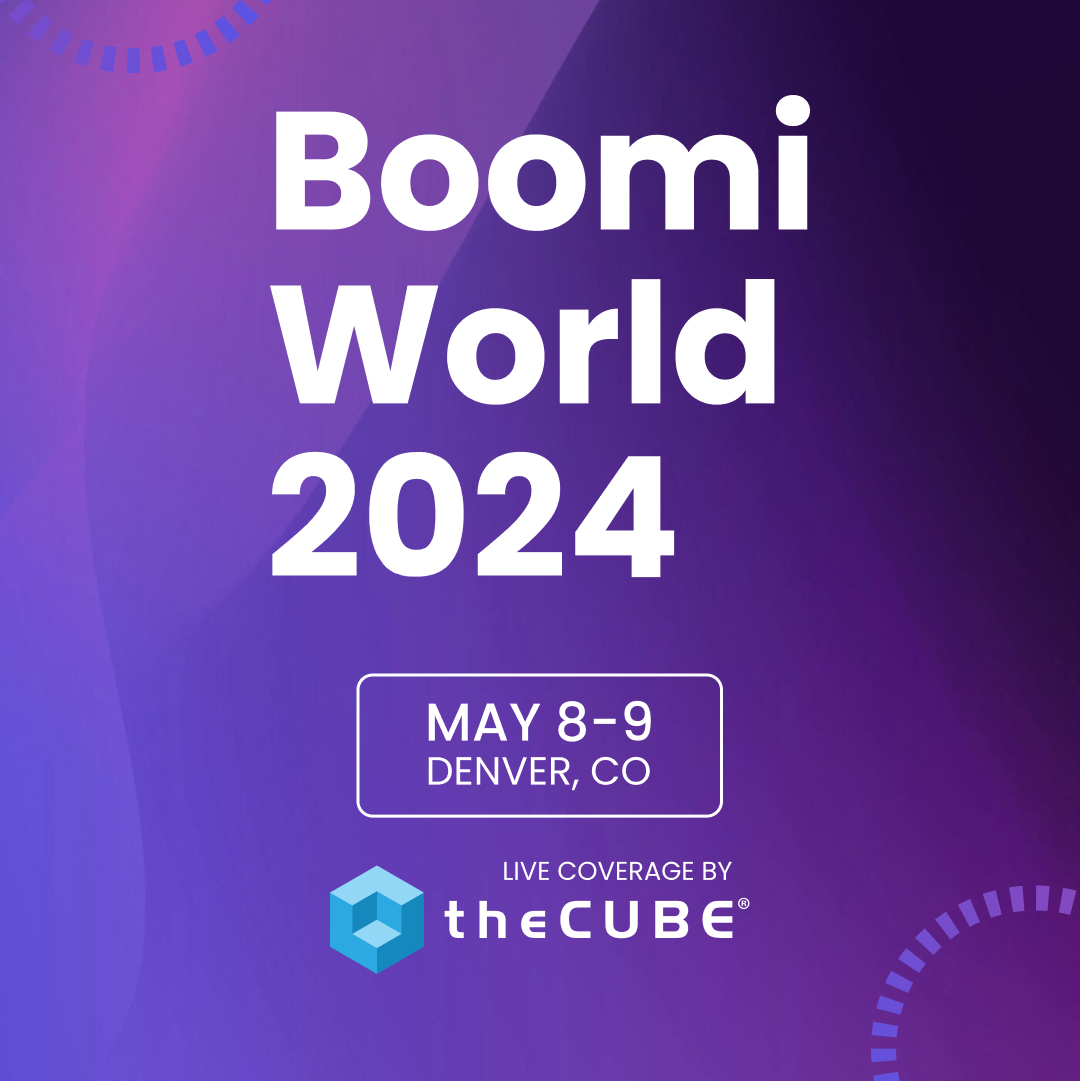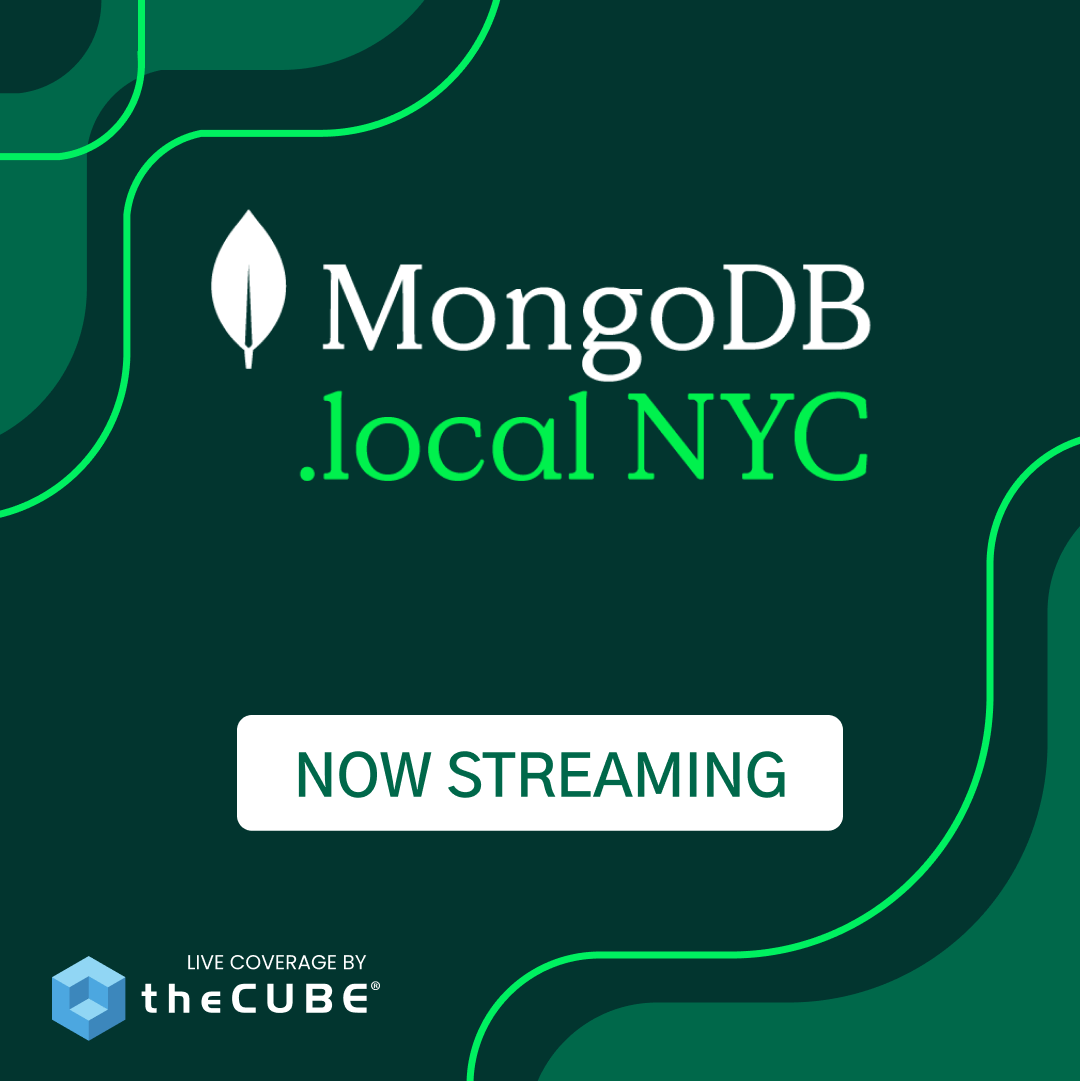MIT Engineering Professor Discusses the Good, the Bad and Future of Data Analysis #MITIQ
![]() In their ongoing coverage of the MIT Information Quality conference, Dave Vellante and Jeff Kelly spoke with Stuart Madnick, MIT Professor of Engineering Systems. The three discuss the value of big data, exploring the importance of quality data and interpretation. The three also review the emergence of the Chief Data Officer (CDO).
In their ongoing coverage of the MIT Information Quality conference, Dave Vellante and Jeff Kelly spoke with Stuart Madnick, MIT Professor of Engineering Systems. The three discuss the value of big data, exploring the importance of quality data and interpretation. The three also review the emergence of the Chief Data Officer (CDO).
Madnick describes one of the amazing things about big data as its ability to give insights into things that we’ve never been able to see before. As an example, he explains the saying, “We can see what you’re thinking.” This expression refers to the ability of data scientists to analyze search engine topics to predict trends with real world outcomes. One of Madnick’s students analayzed Google search data and was able to detect patterns in home buying. Madnick explains, “By monitoring the results, you can see what people are thinking about doing in the future. [We] can see what people will do by monitoring what people are thinking about.”
Here is Madnick’s full interview:
Vellante asks if Madnick sees a “hard connection between big data and data quality?” Madnick suggests this is an important issue as, “having a lot of data doesn’t mean anything if it isn’t any good.” While some tend to believe that having enough data will “wash out the bad data.” However, Madnick says this may not typically be the case. The key is to fully understand data to mitigate against faulty interpretations. Madnick notes that such an error occurred amidst the housing crisis, when statistics were interpreted to suggest housing sales had increased. In reality, the registry of deeds, which merely counted how many had been filed that month, was used to make the conclusion. The large quantity of deeds was due to ownership that had been transferred to banks because of increased foreclosures. In light of such cases, Madnick stresses the importance of understanding the implications of data.
Velllante notes that as people are having more access to data, in general, it also means that low quality data is also circulating in large amounts. He asks Madnick, “What gives you hope that this new big data theme is not going to overwhelm us with bad data?” Madnick suggests bringing discipline to the field involves taking both a bottom-up and top-down approach. This involves analyzing data (bottom-up) and developing a narrative or theory to make sense of the data (top-down). Narratives help contextualize and put parameters around what can be drawn from the data, just as data has a similar effect on narratives.
The three also discuss the growing position of Chief Data Officer (CDO). Madnick suggests people have been doing CDO activities without even realizing (since before it was first coined, he believes in 1991). CDO activities involve using data in various ways, including improving internal operational efficiency within an organization or how to strategically expand the company externally. Whether the CDO sees their job as a service activity or as strategic activity, the aim of the CDO is to help a company, “see things and needs they are not currently aware of, [identifying] strategic directions for the company.” The CDO, he notes, is an evolving role.
A message from John Furrier, co-founder of SiliconANGLE:
Your vote of support is important to us and it helps us keep the content FREE.
One click below supports our mission to provide free, deep, and relevant content.
Join our community on YouTube
Join the community that includes more than 15,000 #CubeAlumni experts, including Amazon.com CEO Andy Jassy, Dell Technologies founder and CEO Michael Dell, Intel CEO Pat Gelsinger, and many more luminaries and experts.
THANK YOU















